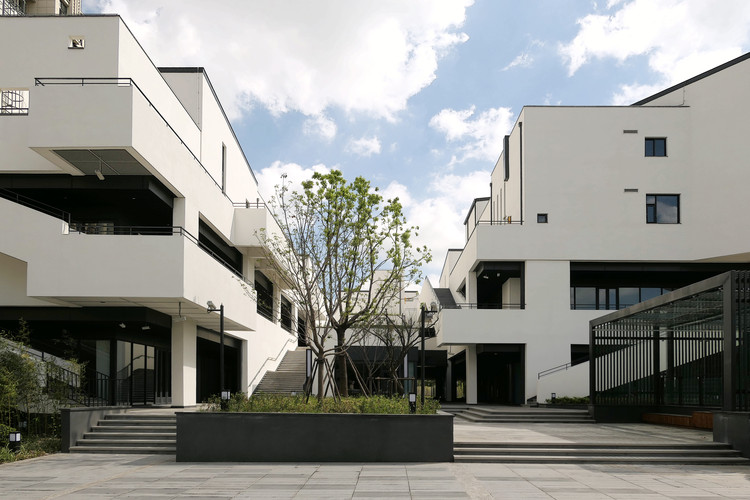
Foster + Partners has been selected to design the Kingdom of Saudi Arabia’s pavilion for Expo 2025 Osaka. Positioned at the Yumeshima waterfront, the pavilion aims to evoke the essence of Saudi Arabian towns and cities while providing an engaging spatial experience. Overall, the design aims to immerse visitors through audio-visual elements and offer them a glimpse into the marvels of Saudi Arabia.
Using computational fluid dynamics simulations, the pavilion's structure was developed with inspiration from the organic forms of traditional Saudi villages. During the hot summer months, this strategy helps cool western winds flow through the city's streets. In addition, in the calmer months of April and October, the planted courtyard serves as a windbreak, protecting the pavilion from strong winds coming from the north.

































.jpg?1626424112)
.jpg?1626424111)
.jpg?1626424138)
.jpg?1626424121)




















.jpg?1534088560)
.jpg?1534089131)
.jpg?1534088447)
.jpg?1534088362)
.jpg?1534088508)










.jpg?1524158077)
.jpg?1524158612)
.jpg?1524163466)
.jpg?1524164629)
.jpg?1524158127)
.jpg?1524158212)
.jpg?1524163398)
.jpg?1524163448)
.jpg?1524163483)
.jpg?1524163637)






